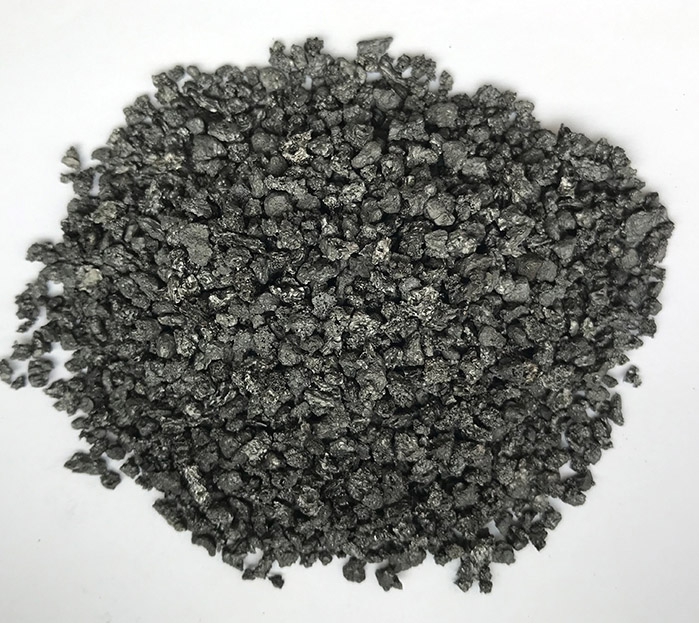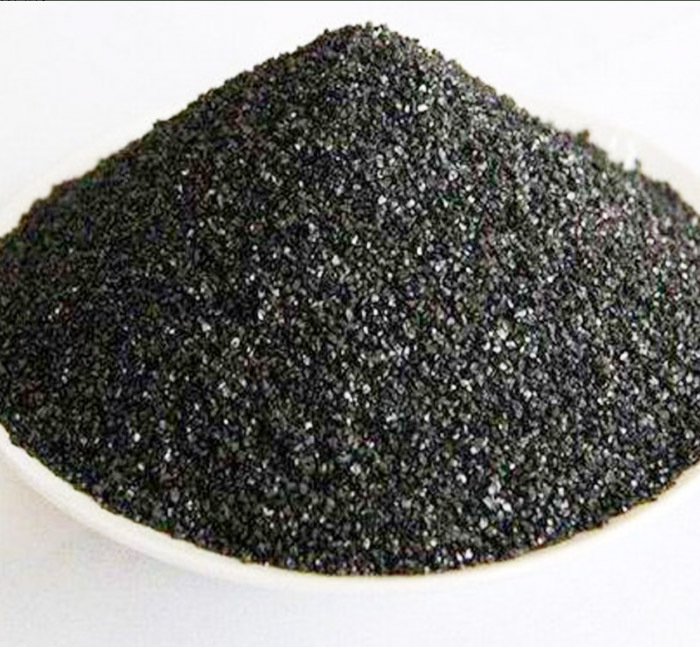1、 Compositional differences
Electrode paste is mainly made by mixing raw materials such as carbon black, petroleum coke, and coal tar pitch. It is a conductive material in the form of a paste. And electrodes are usually made of graphite or other materials with good conductivity, with a fixed shape and structure.
2、 Usage and function
Electrode paste is mainly used in mineral thermal furnaces as a raw material for self baking electrodes. During the operation of the mineral thermal furnace, the electrode paste will gradually sinter into a solid electrode, which plays a role in conducting electricity and transmitting current. And the electrode is directly used as a conductor, for example, in an electric arc furnace, the electrode is used to generate an arc to melt the metal.
3、 Characteristics in industrial applications
In industrial applications, electrode paste is favored due to its plasticity and self baking properties. It can shape electrodes of different shapes as needed and gradually sinter them into sturdy electrodes in a high-temperature environment inside the furnace to meet different process requirements. And electrodes play an important role in high-temperature melting equipment such as electric arc furnaces due to their stable conductivity and high temperature resistance.
In summary, there are significant differences between electrode paste and electrodes in terms of composition, usage, and industrial applications. Electrode paste is mainly used for the preparation of self baking electrodes and has plasticity; And the electrode is directly used as a conductor, with stable conductivity and high temperature resistance. These differences enable them to play their unique roles in different industrial fields.



